- Home
Page 2
Page 2
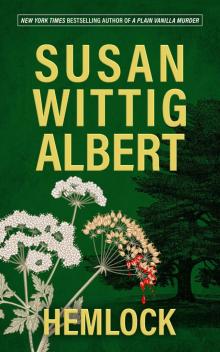 Hemlock
Hemlock Chile Death
Chile Death The Tale of Briar Bank
The Tale of Briar Bank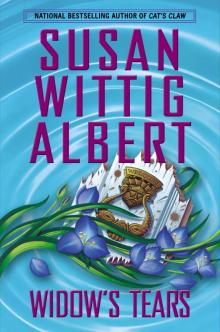 Widow's Tears
Widow's Tears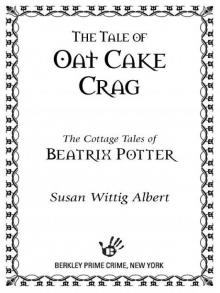 The Tale of Oat Cake Crag
The Tale of Oat Cake Crag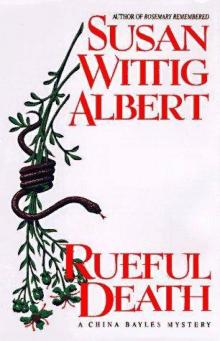 Rueful Death
Rueful Death Bittersweet
Bittersweet The Darling Dahlias and the Poinsettia Puzzle
The Darling Dahlias and the Poinsettia Puzzle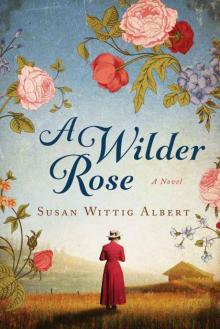 A Wilder Rose: A Novel
A Wilder Rose: A Novel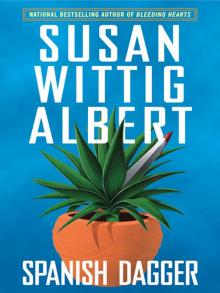 Spanish Dagger
Spanish Dagger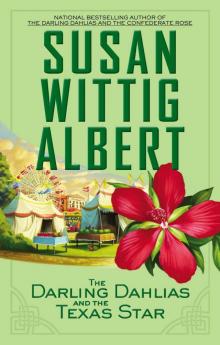 The Darling Dahlias and the Texas Star
The Darling Dahlias and the Texas Star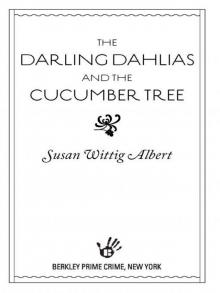 The Darling Dahlias and the Cucumber Tree
The Darling Dahlias and the Cucumber Tree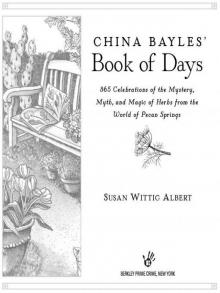 China Bayles' Book of Days
China Bayles' Book of Days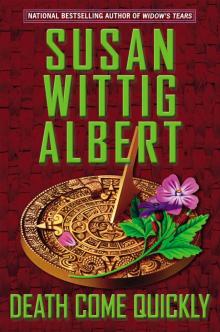 Death Come Quickly
Death Come Quickly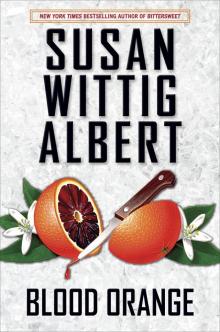 Blood Orange: A China Bayles Mystery
Blood Orange: A China Bayles Mystery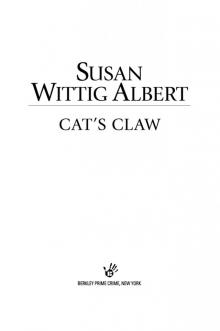 Cat's Claw
Cat's Claw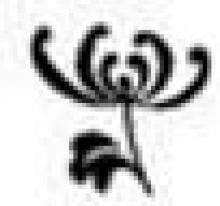 The Darling Dahlias and the Naked Ladies
The Darling Dahlias and the Naked Ladies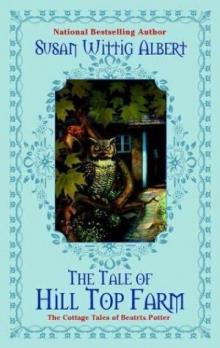 The Tale of Hill Top Farm
The Tale of Hill Top Farm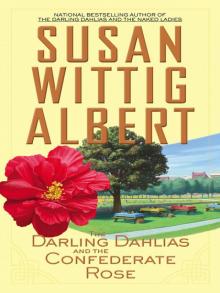 The Darling Dahlias and the Confederate Rose
The Darling Dahlias and the Confederate Rose The Darling Dahlias and the Silver Dollar Bush
The Darling Dahlias and the Silver Dollar Bush The General's Women
The General's Women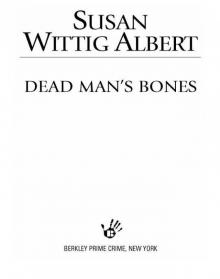 Dead Man's Bones
Dead Man's Bones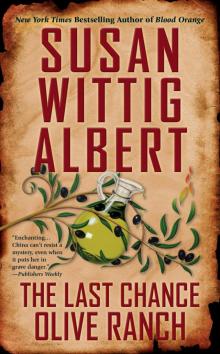 The Last Chance Olive Ranch
The Last Chance Olive Ranch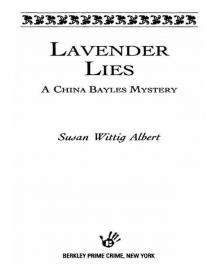 Lavender Lies
Lavender Lies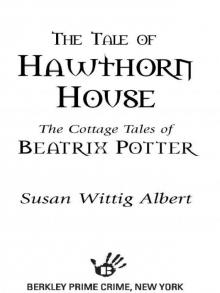 The Tale of Hawthorn House
The Tale of Hawthorn House The Tale of Castle Cottage
The Tale of Castle Cottage Rosemary Remembered - China Bayles 04
Rosemary Remembered - China Bayles 04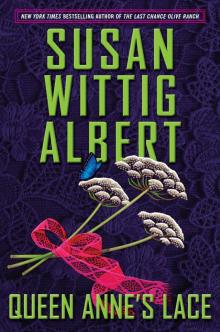 Queen Anne's Lace
Queen Anne's Lace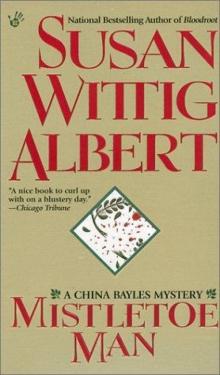 Mistletoe Man - China Bayles 09
Mistletoe Man - China Bayles 09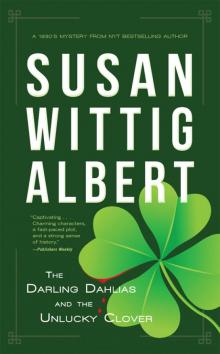 The Darling Dahlias and the Unlucky Clover
The Darling Dahlias and the Unlucky Clover Mourning Gloria
Mourning Gloria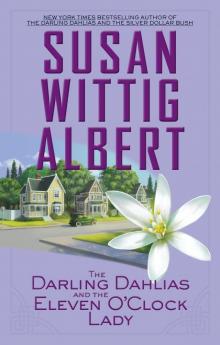 The Darling Dahlias and the Eleven O'Clock Lady
The Darling Dahlias and the Eleven O'Clock Lady